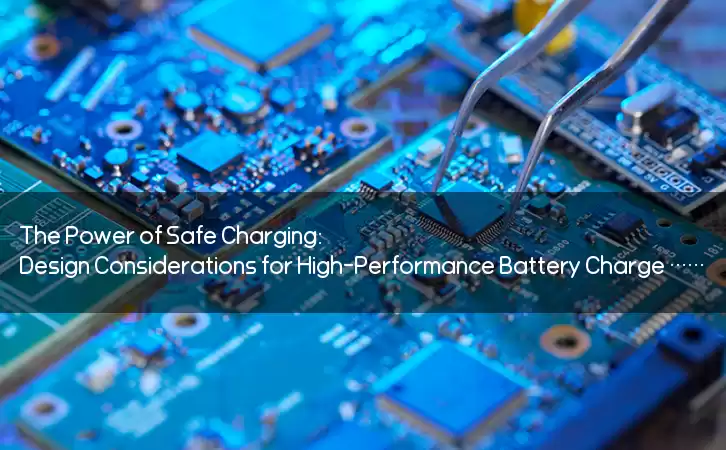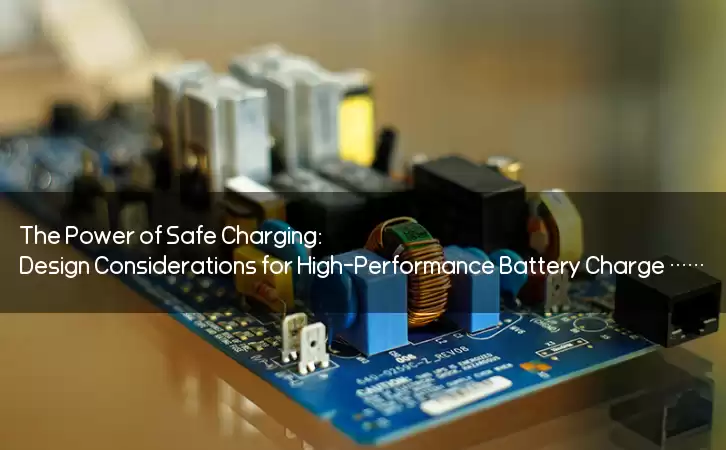Information Center
The Power of Safe Charging: Design Considerations for High-Performance Battery Charger Circuits
Published:2023-06-16 10:35:53 Author:Green WCND Views:78A battery charger circuit is an electronic device that is used to recharge batteries. They are widely used in different applications such as mobile phones, laptops, power tools, and electric vehicles. Battery charger circuits are designed to follow a specific charging profile that ensures safe and efficient charging of batteries. In this article, we will discuss the basics of battery charger circuits and their design considerations.

The primary function of battery charger circuits is to convert AC power from a wall outlet into DC power that can charge a battery. The charger circuit typically comprises of a transformer, rectifier, and a voltage regulator. The transformer is used to step down the AC voltage from the wall outlet to a lower voltage level. The rectifier circuit converts the AC voltage into a pulsating DC voltage, which is then filtered to remove any unwanted fluctuations and ripples. Finally, the voltage regulator is used to regulate the DC voltage to the desired level.

There are different types of battery chargers circuits available in the market such as linear chargers and switching chargers. Linear chargers are simple and easy to design, but they are inefficient and generate a lot of heat. On the other hand, switching chargers are more complex, but they are more efficient and generate less heat.
The charging profile of a battery charger circuit is a critical design consideration. The charging profile is a set of parameters that determine the charging current, charging voltage, and charging time. The charging profile varies depending on the chemistry and capacity of the battery. For example, a lead-acid battery requires a constant current charging profile, whereas a lithium-ion battery needs a constant voltage charging profile.
Another critical design consideration is safety. Battery charger circuits should be designed to protect the battery from overcharging, overcurrent, and overheating. Overcharging can damage the battery and even cause fires or explosions. Overcurrent can also damage the battery and other components of the charging circuit. Finally, overheating can cause damage to the battery and other components of the device.
In conclusion, battery charger circuits are essential components of modern electronics. They enable us to recharge batteries safely and efficiently. When designing battery charger circuits, it is crucial to consider factors such as efficiency, charging profile, and safety. By following these design considerations, we can create reliable and high-performance battery charger circuits that protect both the batteries and the devices they power.
Power Adapter Design and Customization Guide for Portable Electric KettlesI. Common Design Types for Portable Electric Kettle Power AdaptersPortable electric ke···
I. Common Design Types of Power Adapters External Independent Type (Most Common) Design: A standalone adapter (e.g., "black brick") connected to the p···
Handheld Vacuum Cleaner Power Adapter Selection GuideIntroductionHandheld vacuum cleaners have become a mainstream tool for household cleaning due to their port···
Drill Power Adapter Selection Guide.drill-container { font-family: Arial, sans-serif; line-height: 1.6; max-width: 800px; margin: 0 auto; padding: 20px; } .dril···





